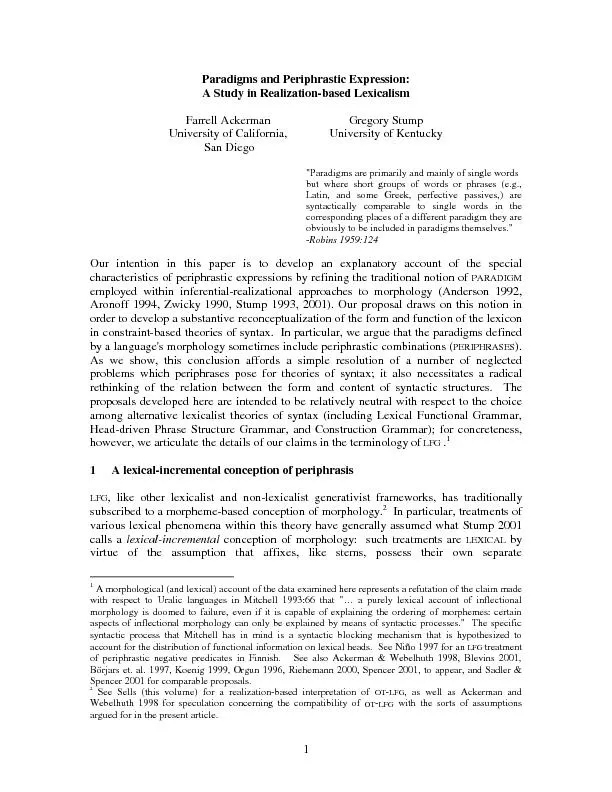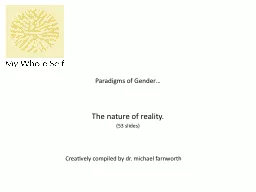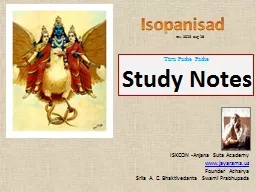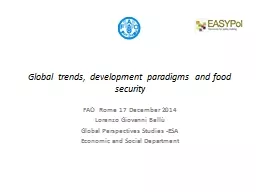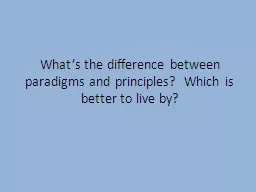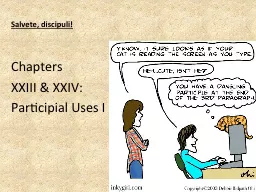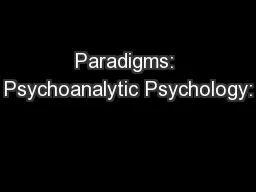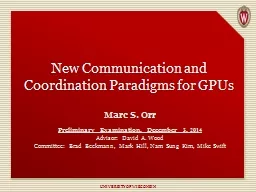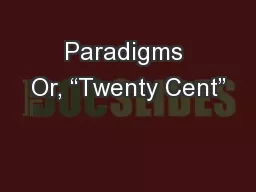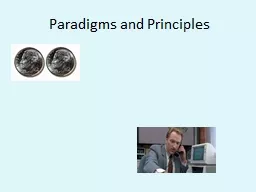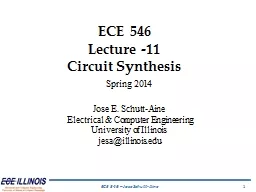PDF-Paradigms and Periphrastic Expression: A Study in Realization-based L
Author : liane-varnes | Published Date : 2016-07-08
1 San Diego Gregory Stump University of Kentucky Paradigms are primarily and mainly of single words 1 2 representations in the lexicon and they are INCREMENTAL
Presentation Embed Code
Download Presentation
Download Presentation The PPT/PDF document "Paradigms and Periphrastic Expression: ..." is the property of its rightful owner. Permission is granted to download and print the materials on this website for personal, non-commercial use only, and to display it on your personal computer provided you do not modify the materials and that you retain all copyright notices contained in the materials. By downloading content from our website, you accept the terms of this agreement.
Paradigms and Periphrastic Expression: A Study in Realization-based L: Transcript
Download Rules Of Document
"Paradigms and Periphrastic Expression: A Study in Realization-based L"The content belongs to its owner. You may download and print it for personal use, without modification, and keep all copyright notices. By downloading, you agree to these terms.
Related Documents

